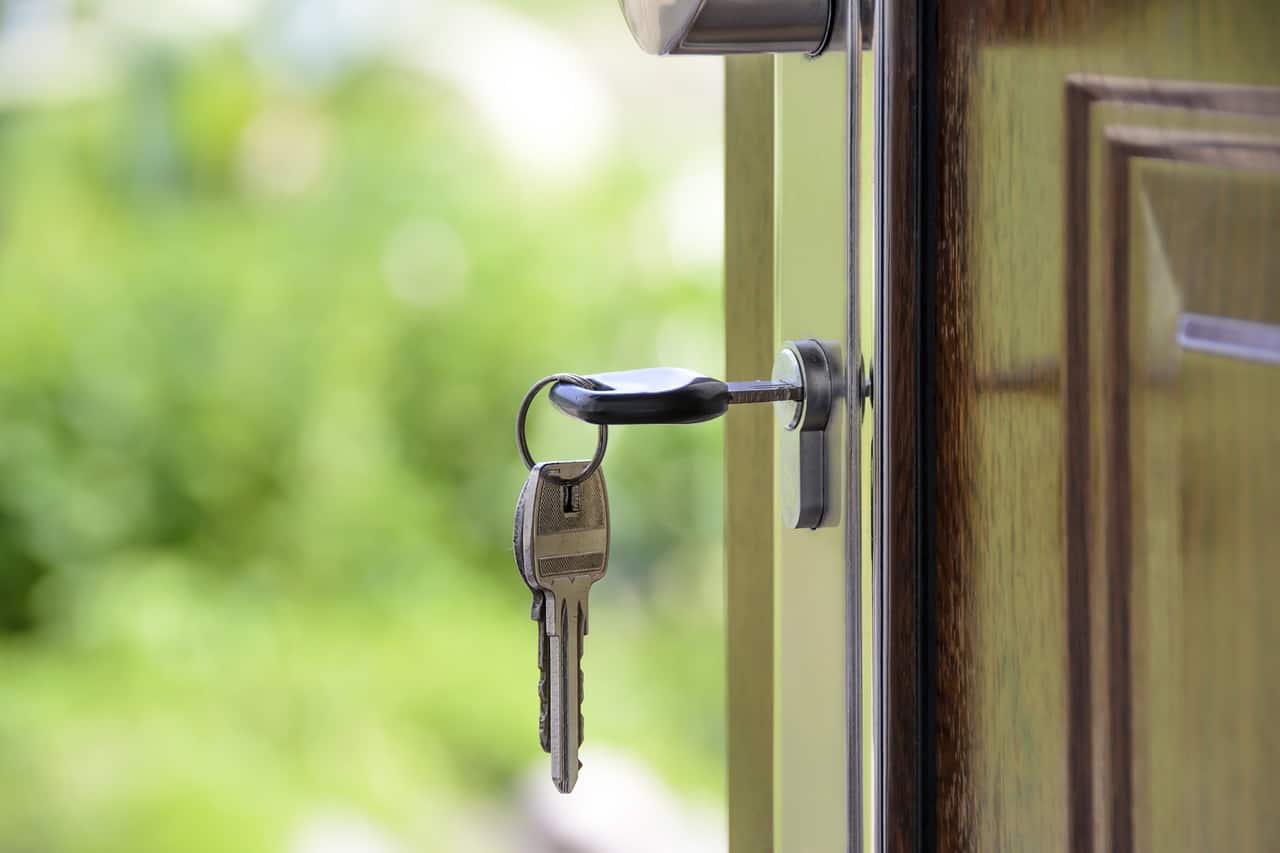Let me put this in context: many housebuilders are now having the materials for their homes thoroughly examined for mold before they are unloaded from a truck at the construction site.
It is possible that mold will develop in a new house after the delivery of the first material if it rains during building, if flashings are absent if plumbing vent ports are removed, if a foundation wall leaks, and if flashings are not installed.
Mold is, unfortunately, becoming more widespread in new house construction. Typically, builders are pressed for time throughout the autumn and winter months in order to have their houses available for sale when the market opens in the spring of the year.
While it is possible to construct new houses in a safe manner, the danger of mold growth in newly constructed homes grows significantly.
Mold growth in new house buildings is mostly caused by problems with the foundation. When the basement timbers and condensate barriers are constructed while the foundation is still wet, it is called “wet basement construction.”
This causes water to be trapped within the walls, which may eventually lead to mold growth. When a foundation is laid in the autumn, the floor joists and temporary flooring are then installed.
Because of their exposure to the elements, the floor joists have deteriorated throughout the course of this winter. While they are still wet, the remainder of the house is erected on top of them.
Mold may grow in new houses because of their high energy efficiency, even if it saves money on power costs. New houses are often airtight, preventing the passage of heat and cold.
Moisture from showering, cooking, and doing laundry may build upon its surface, making it less breathable. Mold will soon form if there is any moisture present.
Is There Any Way to Tell If Mold Is Growing in Your New House?
The most evident symptom that you have mold in a new home is the presence of mold. Despite the fact that you may have a mold issue, you may not always see it. Mold may be detected in a new building in the following ways:
- Paint that is peeling or splitting
- The presence of stains or discoloration on the walls or ceilings
- Walls that are soft or spongy odors of mustiness
Some people have experienced health problems, such as allergies or asthma symptoms, that are more severe than they should be. Congestion, trouble breathing, headaches on a regular basis, and respiratory issues are all potential indications of this condition. Mold in newly constructed homes, on the other hand, is not always detectable by these signs and symptoms.
Once you find mold in your new home, what should you do?
If you already have mold in your new house, you must first address the issue of moisture in order to get rid of it.
Mold removal using bleach is simply a short-term treatment at the very least. Mold will ultimately reappear as long as there is moisture in the environment.
Obtain an evaluation from a mold removal firm in order to discover the source and severity of the mold.
Once you’ve received the findings, you should make a claim using your insurance provider. In the majority of situations, they will pay the expense of mold removal and restoration work.
For those who have a house warranty from the builder, you may even be able to submit an insurance claim via the builder.
If you need to pursue legal action, you should consult with a qualified attorney who is knowledgeable about new house building and mold lawsuits.
The Best Ways to Prevent Mold Growth in a New Construction.
The most effective method of preventing mold in new construction is to provide enough airflow and ventilation.
- Open windows once or twice a week to enable moisture to exit the house.
- When you’re cooking or bathing, be sure to use the exhaust fan.
- Additionally, keep the ventilation system working for at least 30 minutes after the procedure is completed.
- Every few weeks, inspect basements and crawl areas for signs of moisture or mold.
- If your basement or crawl area has a musty or wet smell, turn on a dehumidifier.
- If you have any concerns about mold, you should contact a mold removal firm for an assessment.
Monitor Builder and Construction Project
In the event that you are constructing a home and you are aware that it has been raining and you are aware that they are in the midst of framing your house, you will not have a roof and you will not have the items in place to protect the weather from entering the construction.
Then go ahead and ask your builder a question and have a dialogue with him. Check to see if they have taken procedures to monitor the humidity levels in the building’s contents.
Before they seal in the walls, they need to make sure the temperature is below an acceptable level. Make certain that there is no fungus development on the outer walls or within the building’s structure.
It is important to take good care of your home.
We recognize that the issue might be unpleasant, but we hope that this article has helped you better understand your mold removal alternatives for new buildings. In recent years, the problem has become increasingly prevalent, and we’d want to hear your thoughts on the subject.
A mold problem in new construction or mold in your new construction is a certainty for everyone who is constructing a home. This means that speaking with your contractor number one is a wise decision.
Afterward, you may even want to go look at the house. Just take a look at all of the locations that might possibly be polluted before you finish that job!


